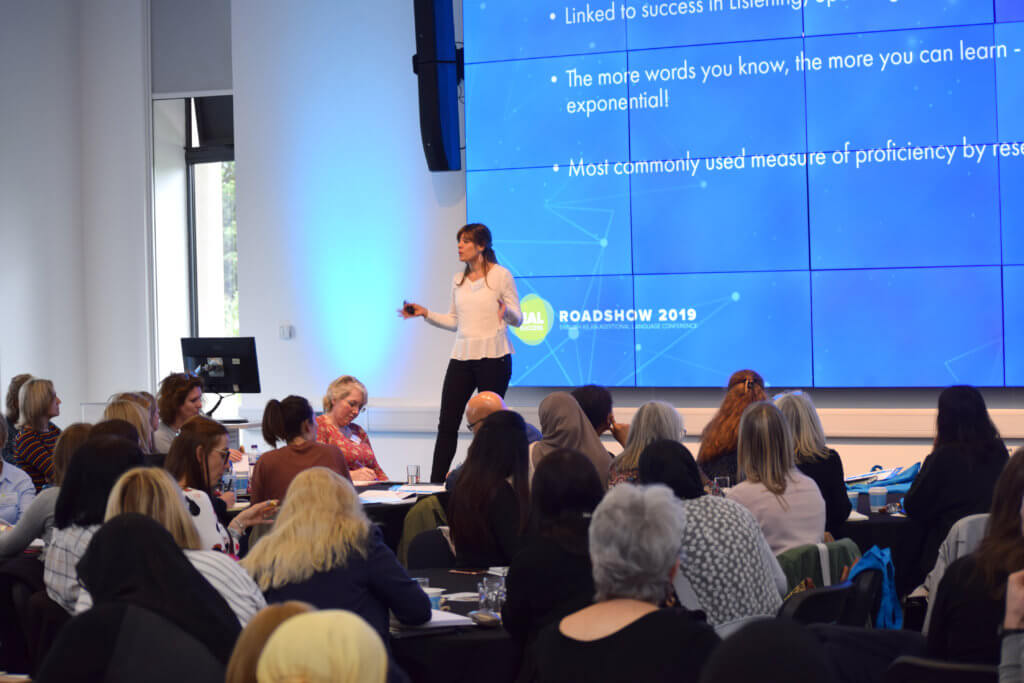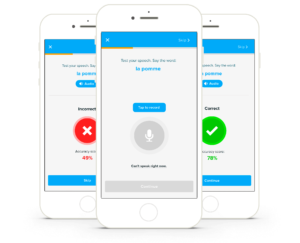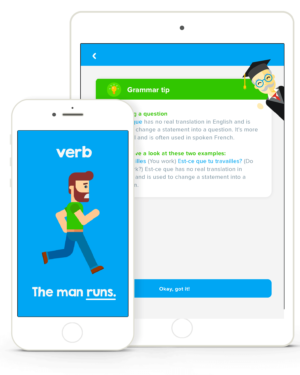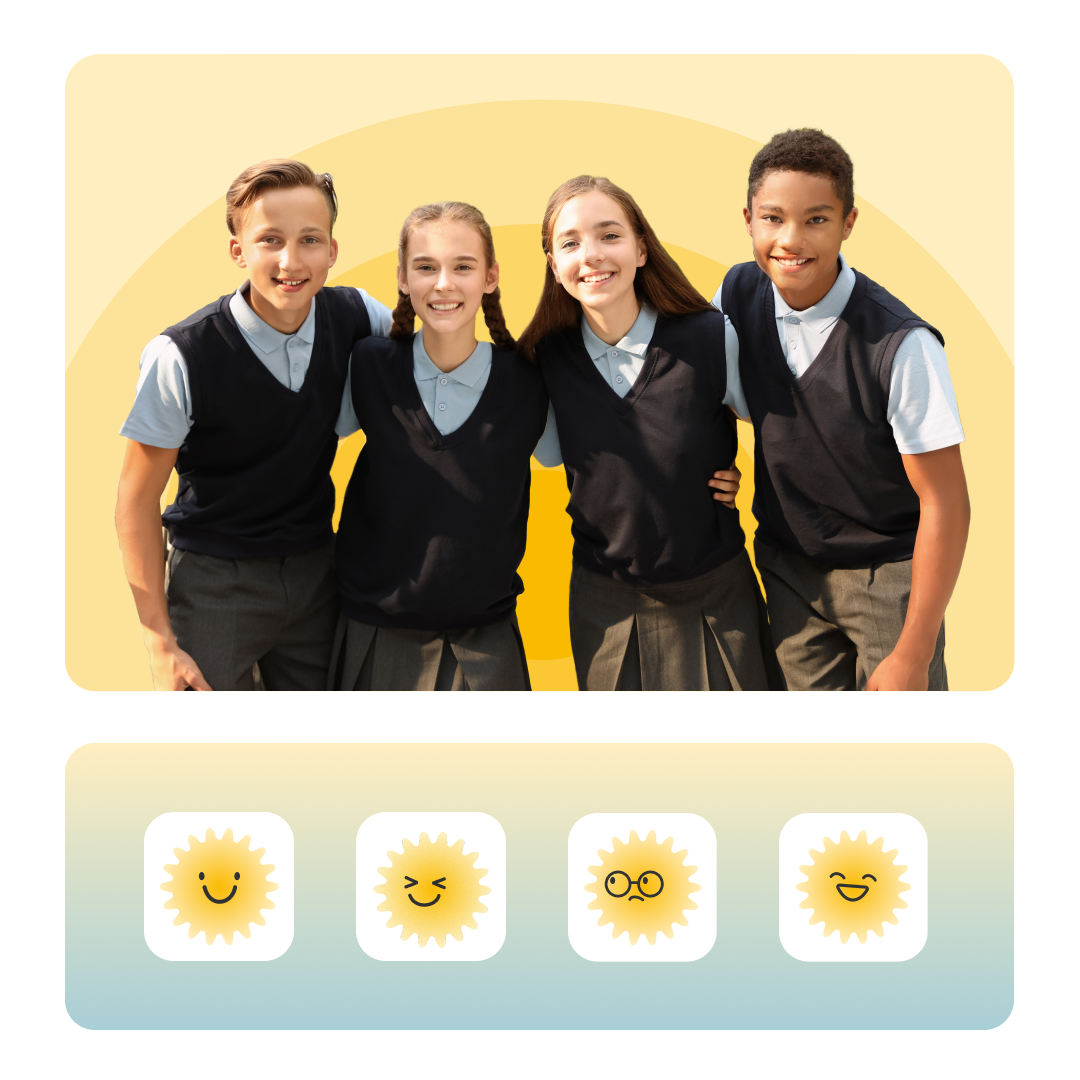

With the number of EAL student admissions into schools across the UK on the rise, it is important that as educators, you prioritise ensuring feeling comfortable and included in their school experience. In this blog, there are going to be some l approaches to the inclusion of EAL students that you can take, which are not just implemented in the classroom, but across the whole school.

‘How Our School Works’ Video or Talk
One of the most effective ways to develop a sense of inclusion for EAL students is producing a ‘How Our School Works’ video or (PowerPoint) talk. Involving the whole school (especially students) in the production will help EAL students to relate. This will benefit EAL students, but also their parents. Depending on the circumstances, parents may not know the inner workings of a British school or the curriculum. Explaining this via a video or talk will give them all the essential information they need. There is no specific structure as the video may vary from school to school, but this is something that can be developed and changed over time to fit your ethos.

Developing an EAL Policy
Developing an EAL policy – regardless of the number of EAL students at your school – is essential. This is something that should co-exist with your school’s equality policy. This policy should reiterate exactly how your school will:
- Give all EAL students a safe and secure place to learn whilst supporting them and aiding them in becoming independent learners
- See to it that there is enough curricular support to aid students to make progress to the best of their abilities and higher attainment levels
- Place EAL students into groups/categories based on their academic potential, rather than their English proficiency
- Hope and aspire for the highest expectations and achievements for all EAL students
- Develop a school-to-parent and community engagement plan
Here are some ideas for your policy. These should also map out and make it clear that your school aims to provide students with:
- In-depth assessments for the needs of newly arrived EAL students to ensure that the current attainment level of the student is clear
- In-class support for EAL students – ensuring that they are not omitted from classroom activities
- The appropriate curriculum or syllabus and access to the appropriate resources to learn it

Extending Your Professional Development
One of the best ways as educators that we can approach the inclusion of EAL students is to first extend our knowledge on EAL students. This can be done by networking at events with other professionals and specialists. These events and courses are usually difficult to find, so it helps to do your research. FlashAcademy® are coming together with EAL Success to bring the EAL Success Roadshow to London and Manchester in 2020. The Roadshow includes guest speakers from schools as well as linguist experts and specialists – sharing experiences and advice to schools. If you want to register your interest, click here. The Bell foundation also runs a number of courses for teachers over the year, which you can find on their website.

Training and coaching all staff in EAL student Welfare
If your school has an EAL co-ordinator, SENCO, inclusion co-ordinator or anyone who works closely with both newly arrived, low or high-level EAL pupils, it could be useful if they took on the role of holding sessions for all staff. This training, in particular, is crucial for NQT’s (newly qualified teachers). More than likely, they may not have had enough time during school placements or at University to have an in-depth look at the needs of EAL students. Experienced staff may also need to refresh their approaches to the needs of EAL students also.
Here are a few themes that maybe useful to include in your EAL training:
- Summarise the EAL proficiency stages and how they are implemented in the classroom
- Tips about planning lessons with EAL students in mind
- Resources and learning materials to support reading and writing


Source material that supports EAL pupils in the classroom
Invest in resources that are specially designed to cater specifically to the needs of EAL Students. This means that learning can be more approachable (especially if resources use a pupil’s first language ability) and pupils can stay in the mainstream classroom whilst learning.
FlashAcademy® EAL is available from 38 home language and accelerates English acquisition through curriculum-mapped lessons, challenges and games which simultaneously teach and test pupils. Features include:
- Object translator, which can translate any object into English just from a picture taken by the user
- A real-time leader board where pupils with different first languages can play together for the top spot
- An exciting range of word games to test pupils’ understanding
“Attainment for pupils with EAL has doubled since using the FlashAcademy® EAL resource – it has been remarkable. It helps that pupils love it. Having their own app makes them feel really special.”
Clare Evans, Deputy Head Teacher, Anderton Park

